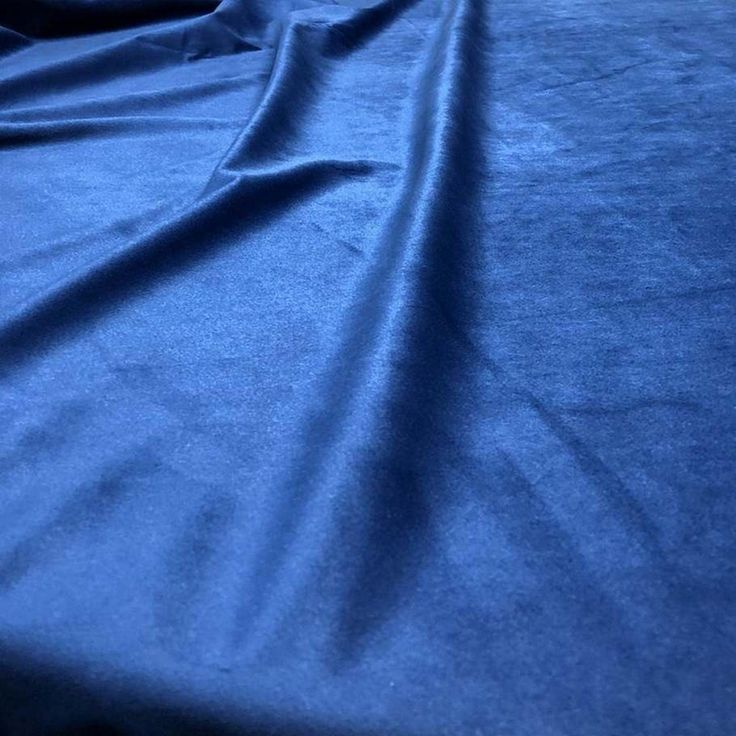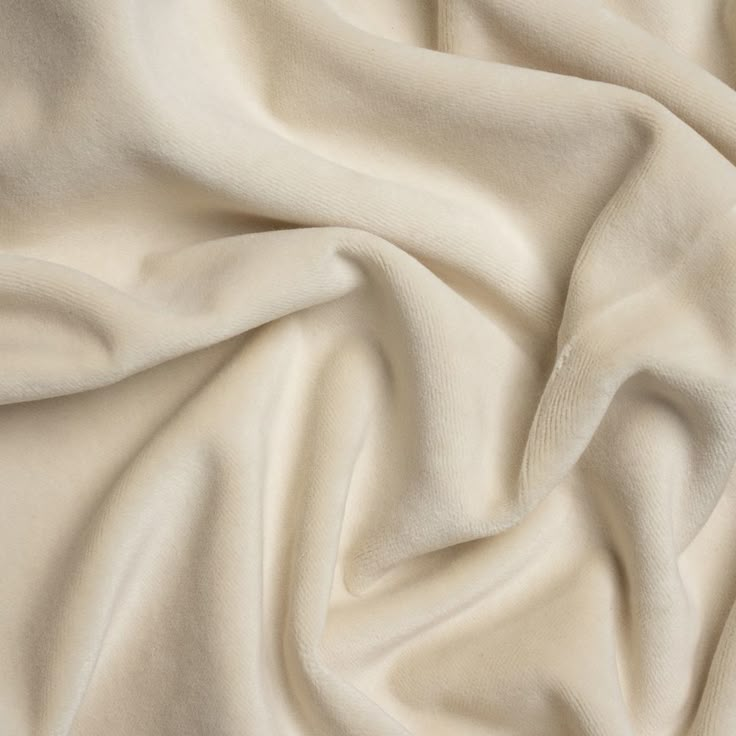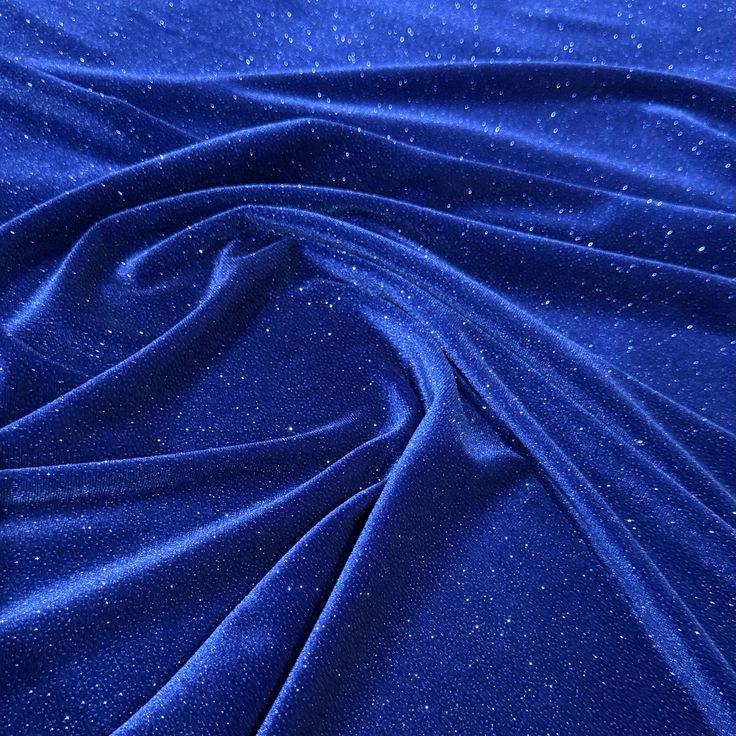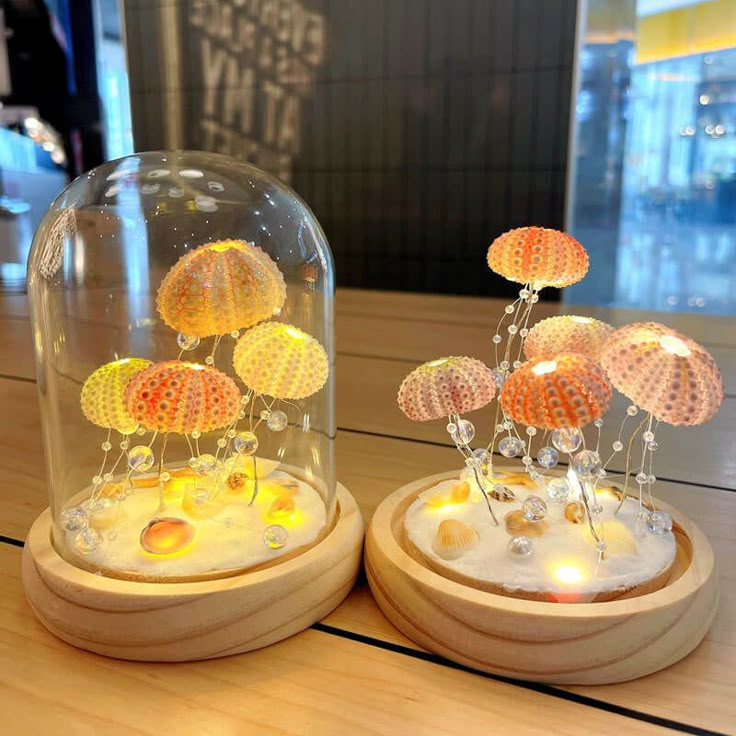Introduction to Velvet Fabric
Velvet fabric is a symbol of luxury and opulence. It boasts a unique texture and distinctive sheen that have made it a sought-after material in the realm of interior design. This exquisite fabric can be found in various forms, from plush upholstery to elegant drapes, adding a touch of sophistication to any space. When incorporating velvet into your interior design projects, it’s crucial to understand its origins, various types, and unique characteristics.
The Rich History of Velvet
The journey of velvet fabric dates back to ancient civilizations. It emerged as a material reserved solely for royalty and the wealthy elite, symbolizing status and power. Throughout history, velvet has been intricately linked to culture and artistry, being used in garments, tapestries, and decorative furnishings. Today, velvet retains its luxurious feel but is accessible to a much broader audience. Its rich history is woven into the fabric’s very texture, spanning cultures and ages, and contributing to its timeless appeal.
Different Types of Velvet and Their Characteristics
There are several types of velvet fabric, each with unique qualities that cater to various design preferences. Popular varieties include crushed velvet, known for its textured and dynamic appearance, and silk velvet, celebrated for its superb luster and incredible softness. When selecting the right type of velvet, it’s essential to consider aspects such as durability, appearance, and tactile feel. Understanding the characteristics of each velvet type will guide you in choosing the perfect one for your specific design needs, ensuring that you create a captivating and elegant space.

The Manufacturing Process of Velvet
Producing velvet fabric is a complex endeavor that reflects its luxurious nature. The process involves multiple steps that contribute to the fabric’s signature plush feel and elegant look.
How Velvet is Made
The creation of velvet fabric begins with selecting high-quality yarns. These yarns can be silk, cotton, or synthetic fibers. Weaving velvet requires a unique method called pile weaving, which creates the fabric’s characteristic soft loops or piles. This process involves two sets of warp and one set of weft. During weaving, the two warps are raised above the weft. Then, the loom’s blades cut the loops, revealing the soft pile.
After weaving, the fabric undergoes dyeing and finishing processes. Dyeing is crucial for achieving vibrant colors that velvet is famous for. Special care is taken to ensure even color absorption and consistent shading. The finishing step involves brushing and shearing to raise the pile and give velvet its distinctive lustrous appearance.
Innovations in Velvet Fabric Production
Over the years, technology has brought innovations to velvet production. Modern machines now handle the intricate weaving and dyeing processes with greater precision. These advancements result in higher-quality fabric at a faster pace. Digital printing technology extends the design possibilities for velvet, allowing for intricate patterns and a greater range of colors. Manufacturers also focus on creating more durable and sustainable velvet options by using recycled materials and eco-friendly practices. In this way, the velvet fabric continues to blend tradition with innovation, retaining its status as a symbol of luxury in interiors.

Recognizing High-Quality Velvet
When searching for the best velvet fabric, knowledge is indeed power. Understanding how to recognize the key features that distinguish high-quality velvet from lesser materials can greatly enhance your selection process. By familiarizing yourself with these characteristics, you can make informed choices that lead to satisfactory results in your interior design projects.
Key Features of Premium Velvet
Premium velvet is renowned for several distinct characteristics that set it apart. First, a dense pile serves as a major indicator of a high-quality product. This density means that the fibers on the surface are thick and plush, providing the signature velvet softness that many admire. Next, look for a fabric that boasts uniform color with rich depth. This appearance signifies advanced dyeing techniques and quality control. Additionally, the pile should stand upright and resist flattening easily, ensuring durability and longevity. Often, high-end velvet is crafted from natural fibers like silk, which adds to its opulent appeal. Lastly, check that the backing of the fabric is tightly woven; this construction reflects both strength and quality craftsmanship.
Tips for Assessing Velvet Quality
When assessing the quality of velvet, a tactile approach proves essential. Gently run your hand across the pile; it should feel smooth and luxurious, never rough or sparse. To evaluate resilience, press down on the pile; it should spring back rather than remain compressed. Holding the fabric up to light will allow you to check for an even color without patchiness. If possible, rub a sample on a small area to test for color transfer or excess shedding, as both can indicate poor quality. Also, inspect the weave on the back for consistency and tightness. By applying these tips when choosing velvet fabric for your interior projects, you can ensure you’re investing in quality that stands the test of time.

Velvet Usage in Interior Design
Velvet fabric stands out as a top choice for high-end interior design projects. Its soft texture and elegant sheen create an atmosphere of sophistication and comfort. The use of velvet can transform a room, giving it a luxurious and inviting appeal.
Popular Applications of Velvet in Luxurious Spaces
Luxurious spaces often incorporate velvet due to its opulent feel and aesthetic versatility. Some common uses include:
- Upholstered Furniture: Velvet sofas and armchairs are staples in luxury living rooms. They offer a rich look and a cozy feel.
- Curtains and Drapes: Velvet curtains add drama and depth to a room. They also have excellent insulating properties.
- Throw Pillows: These accents bring a splash of velvet’s plushness to various spaces. They make for a subtle yet impactful addition.
- Headboards: A velvet-upholstered headboard in the bedroom establishes a focal point and adds a touch of royalty.
Using velvet in these ways can immensely elevate a room’s aesthetic.
Velvet in Furniture Versus Drapery
The way velvet is used in furniture as opposed to drapery can significantly affect the ambiance of a room.
- Furniture: Velvet upholstery on furniture like sofas and chairs caters to both visual and tactile luxury. The durability of the velvet fabric also matters here since people will sit and use these pieces often.
- Drapery: As a material for curtains, velvet provides not just insulation but also a splendid frame for windows. Here, the flow and drape of the fabric are key factors.
Choosing high-quality velvet is imperative for both applications to ensure longevity and ongoing luxury. Combine practicality with style to make your space stand out.

Caring for Plush Fabric
Velvet’s luxurious feel demands proper care to maintain its elegance over time. To keep your velvet pieces looking and feeling their best, it’s crucial to follow some best practices for velvet maintenance. Here we’ll explore how to clean and care for your velvet fabrics, emphasizing both regular maintenance and how to handle spills and stains.
Best Practices in Velvet Maintenance
Caring for velvet fabric involves regular dusting and gentle cleaning. Use a soft brush to dust off your velvet items frequently. This prevents dirt from building up and keeps the pile fluffy. Direct sunlight can fade velvet, so position your velvet furniture away from windows or draw your drapes to limit exposure.
When cleaning, it’s important to be gentle. If your velvet has removable covers, follow the washing instructions carefully. Not all velvet can be machine washed, so hand wash or spot clean when necessary. Always use a proper cleaner for the type of velvet you have, whether it’s silk, cotton or synthetic. After washing, never wring out velvet, instead, lay it flat or hang it to dry away from direct heat or light.
For deeper cleaning, consider professional service especially for furniture and heavy drapes, to avoid damage.
Common Mistakes to Avoid when Handling Velvet
There are a few pitfalls you must avoid to prevent ruining your velvet items. Never use harsh chemicals or bleach on velvet as it can ruin the fibers. Avoid ironing velvet directly because it can crush the pile. If you must remove wrinkles, use a steamer and hold it at least half an inch away from the fabric. Brush the pile gently in the direction of the fibers after steaming.
Spills on velvet should be dealt with immediately. Blot, don’t rub, spillages gently with a clean, dry cloth. For persistent marks, consult a professional cleaner rather than attempting to deal with it on your own.
By following these tips, you ensure your velvet fabric remains a lasting luxurious element in your interiors.

Trends in Velvet Interior Design
Velvet fabric is making a significant comeback in contemporary design. Its luxurious feel seamlessly fits within modern interior trends that prioritize both comfort and elegance. The rich texture of velvet now enhances not only traditional settings but also minimalistic and modern spaces. This evolution showcases velvet as a versatile and timeless fabric that adapts beautifully to various design aesthetics.
The Rise of Velvet in Modern Interiors
The resurgence of velvet in modern interiors mirrors a broader trend towards indulgence in home decor. As people increasingly seek comfort and luxury in their living spaces, designers are turning to velvet for its ability to add depth and warmth to any room. This fabric is now used to make bold statements, ranging from eye-catching accent pieces to full room upholstery. Its application isn’t limited to just sofas and curtains anymore; velvet now adorns walls, ceilings, and even kitchen furniture. This innovative use pushes the boundaries of interior design, allowing homeowners to explore new aesthetics and personalize their spaces.
Color and Pattern Trends for Velvet Fabric
The current trend in velvet fabric leans toward bold colors and adventurous patterns. Designers are experimenting with rich jewel tones such as emerald green, royal blue, and deep burgundy to create striking focal points in a room. Additionally, patterns in velvet, including floral and geometric designs, have gained popularity. These patterns provide a modern twist to traditional velvet textures, enhancing the fabric’s adaptability. Such options allow for diverse design choices, enabling homeowners to complement their unique style effortlessly. Ultimately, these trends reflect the enduring appeal of velvet in creating luxurious and inviting interiors.
Purchasing Velvet for Your Interior Projects
When it comes to choosing velvet fabric for your interior projects, knowing where to start is crucial. Velvet offers a wide range of options, each suited to different applications and aesthetics. Therefore, you need to determine which type of velvet aligns with your specific needs and how to identify suppliers that offer the highest quality. Here’s a comprehensive guide to make your velvet purchase a success.
Guidelines for Selecting the Right Velvet
When selecting the right velvet, consider the following points:
- Intended Use: Determine how you will use the velvet. For drapery or upholstery, the fabric’s durability is key.
- Type of Velvet: Choose a type of velvet that fits the style and function of your space. Silk velvet for luxury, cotton for durability, synthetic for affordability.
- Pile Density: Look for a dense pile for plushness and better wear.
- Color Depth: Check that the color is rich and uniform, a sign of quality dyeing.
- Feel the Fabric: The velvet should feel smooth and spring back when touched.
- Check the Backing: A tightly woven backing indicates quality craftsmanship.
These guidelines will help you find high-quality velvet that not only looks luxurious but also lasts.
Sources and Recommendations for High-Quality Velvet
Finding sources for high-quality velvet requires some dedicated research. Thankfully, there are several avenues you can explore to discover premium options that suit your needs. Here are some recommendations:
- Trade Shows: Interior design trade shows often feature premium velvet suppliers. Attending these events allows you to see and feel the fabric firsthand, ensuring you choose the best quality.
- Specialty Stores: Visit stores that specialize in high-end fabrics. These stores often employ knowledgeable staff who can guide you in making informed decisions based on your project’s specific requirements.
- Online Manufacturers: Check for reviews and request samples before purchasing velvet online.
- Local Artisans: Some local artisans may offer handcrafted velvet of exceptional quality.
Always ask for fabric samples to test quality before making a large purchase. With the right approach, you can source velvet fabric that brings luxury and elegance to any interior design project.


